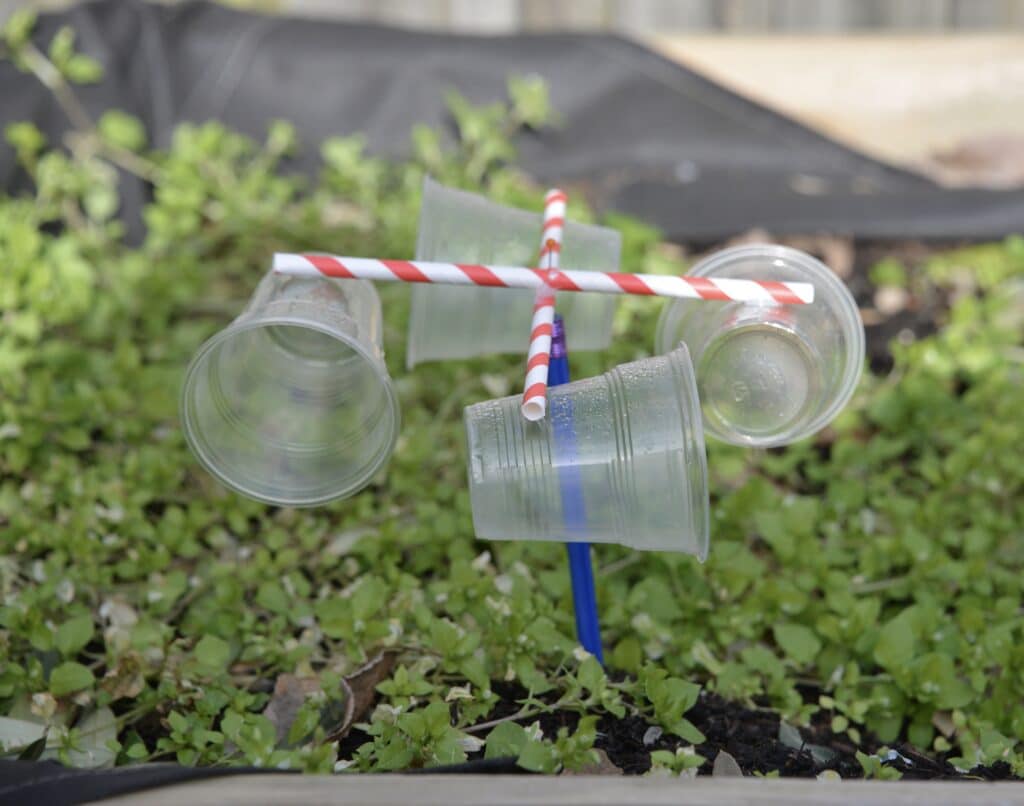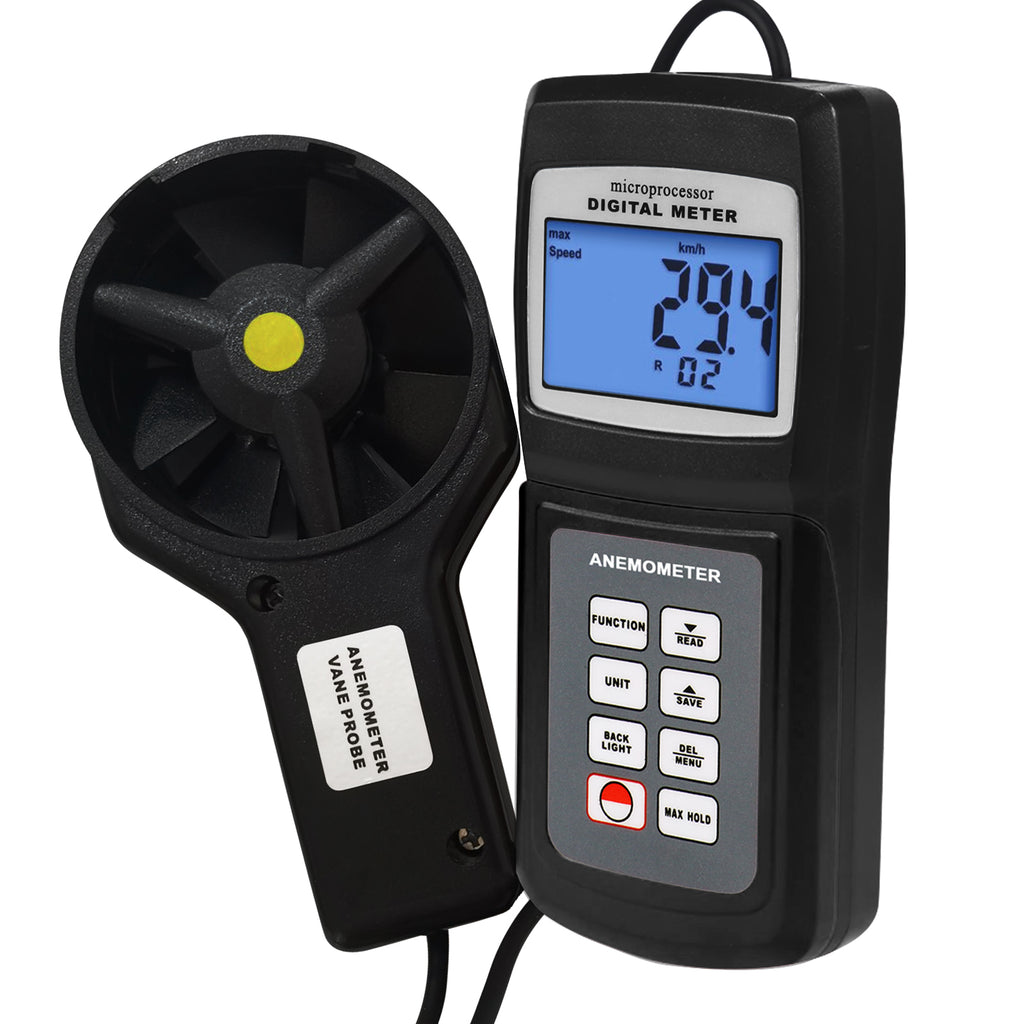Expert Tips for Calibrating Your Anemometer for Ideal Efficiency
Expert Tips for Calibrating Your Anemometer for Ideal Efficiency
Blog Article
Anemometers Revealed: Understanding Their Importance in Environmental Monitoring and Safety And Security Steps
The function of anemometers in environmental surveillance and precaution is usually undervalued, yet their importance is undeniable. These instruments have a lengthy background rooted in clinical questions and technological innovations, advancing to end up being vital devices in numerous fields. From weather forecasting to aviation security, anemometers play a crucial duty in supplying exact information that educates decision-making procedures and boosts total safety. Comprehending the ins and outs of anemometers reveals a world of vital insights that are essential to our understanding of the environment and the actions we require to guarantee safety.
History of Anemometers
The advancement of anemometers can be traced back to the ancient civilizations where fundamental wind determining gadgets were initial made use of. One of the earliest known anemometers was the hemispherical cup anemometer developed by Leon Battista Alberti in the 15th century.
Over the years, advancements in technology led to the growth of even more contemporary anemometers, including ultrasonic anemometers and laser Doppler anemometers, supplying increased accuracy and efficiency in determining wind speed and instructions. The background of anemometers showcases an amazing trip of innovation and progression in the field of meteorology.
Kinds of Anemometers
Throughout the field of meteorology, different kinds of anemometers have actually been developed to precisely determine wind speed and instructions. Sonic anemometers use ultrasonic signals to gauge wind speed and instructions properly. Hot-wire anemometers run based on the concept that the cooling impact of wind on a heated cord is proportional to the wind rate.
Applications in Weather Forecasting
Having reviewed the various sorts of anemometers utilized in meteorology for gauging wind speed and instructions, it is necessary to explore their functional applications in the field. Anemometers play a critical role in meteorology by giving exact and real-time data on wind conditions (anemometer). Meteorologists make use of anemometers to monitor wind speed and direction to forecast climate patterns, concern warnings for extreme climate occasions like storms, hurricanes, and storms, and examine weather for aviation safety
In meteorology, anemometers assist in understanding neighborhood and local wind patterns, which are important for predicting weather modifications and determining climatic patterns. These devices are likewise used in study to examine microclimates, city heat islands, and air pollution diffusion. Furthermore, anemometers are used in farming to maximize plant monitoring anchor methods, such as watering and pesticide application, based upon wind problems.
Importance in Aeronautics Security
An important facet of guaranteeing aviation safety and security depends on the thorough surveillance of wind conditions making use of anemometers. Anemometers play a vital function in aeronautics by supplying real-time information on wind rate and instructions, aiding pilots in making informed decisions throughout flight, liftoff, and landing. Solid and unpredictable winds can considerably influence airplane procedures, making it vital for aviation authorities to depend on exact imp source wind measurements to make certain the security of guests and crew.

In the dynamic atmosphere of aviation, where even minor adjustments in wind rate and direction can have profound effects, anemometers stand as crucial tools for advertising secure and risk-free air traveling.
Duty in Environmental Research Study
How do anemometers contribute to innovations in ecological study? Anemometers play a crucial function in environmental study by providing important data on wind speed and instructions. This information is vital for understanding various atmospheric processes, such as air contamination diffusion, climate patterns, and climate change. By properly gauging wind attributes, anemometers assist scientists assess the movement of pollutants in the air, analyze the effect of industrial emissions, and anticipate the spread of contaminants in the environment.


Verdict
In verdict, anemometers have played an important role in ecological tracking and security procedures. Understanding the significance of anemometers is important for properly measuring wind rate and direction, which is essential for anticipating weather condition patterns, making sure risk-free aeronautics operations, and conducting ecological research studies.
One of the earliest known anemometers was the hemispherical mug anemometer developed by Leon Battista Alberti in the 15th century. Over the years, improvements in technology led to the growth of even more modern anemometers, including ultrasonic anemometers and laser Doppler anemometers, using boosted precision and effectiveness in gauging wind rate and direction. Hot-wire anemometers operate based on the principle that the cooling result of wind on a warmed cord is symmetrical to the wind rate. Meteorologists utilize anemometers to check wind rate and instructions to forecast weather condition patterns, issue warnings for extreme weather occasions like tornados, cyclones, and tornadoes, and evaluate climatic conditions for aviation safety.
Comprehending the value of anemometers is necessary for accurately measuring wind rate and instructions, which is essential for anticipating climate patterns, making sure secure aeronautics operations, and carrying out ecological researches. (anemometer)
Report this page